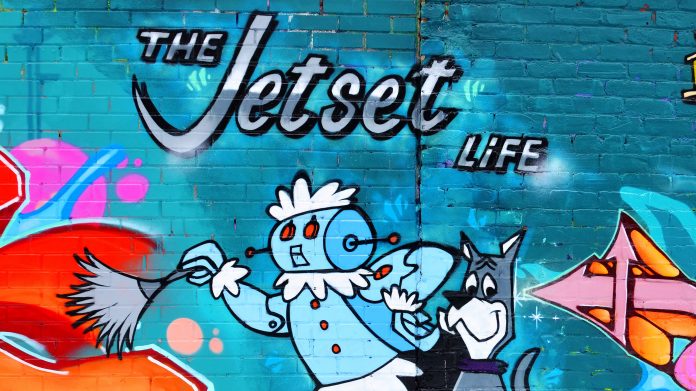Remember the Jetsons? When we were kids we dreamed of a day where you could talk into your wrist watch and folks would talk back. We were entertained by notions of virtual reality and such. And today? Well today it’s all that and then some, as we get back to school in Gwinnett!
Here’s the scoop from GCPS…
Online learning to more closely reflect ‘virtual school day’ this fall.
Last spring, school districts around the country had to pivot from traditional classroom instruction to digital learning almost overnight. While Gwinnett County Public Schools (GCPS) had used Digital Learning Days (DLD) for the occasional inclement weather day, the two months of DLD were challenging for both families and staff members.
However, lessons learned during the spring are helping to transform DLD into a “virtual school day” as GCPS students return to school digitally on Aug. 12.
Much like a more traditional school day, a virtual school day this fall will be more structured, allowing teachers and students— as a class, in small groups, and one-on-
one— to interact as part of the learning process. Students will participate in digital instruction on a specific schedule for live lessons with their teachers (synchronous
learning) and they will complete activities and assignments (asynchronous learning) on their own to meet assignment deadlines.
Teachers will provide schedules detailing which lessons will be done in synchronous sessions. And those synchronous sessions will be recorded, making them available to students who occasionally cannot attend a live session or need to review content.
Student-teacher meet-ups will use the same kinds of technology that adults are using for virtual meetings, like Zoom, Google Meet, and Teams Meet.
“Our teachers will be finding ways to provide elements of the school day— from opening routines and circle time for young children to small-group reading sessions,
turn-and-talks with a partner, and whole-class activities— in a virtual setting,” says Bonnie Brush, executive director for Curriculum and Instruction. Virtual “brain
breaks” will give students down time to digest information. Students will have multiple avenues to provide feedback, ask questions, and interact with their teacher,
individually or during class.
When it comes to activities and independent assignments, students typically will access their work through eCLASS course pages, but teachers also may use
digital resources such as Google Classroom and SAFARI Montage. That said, families should find it easier to navigate online assignments.





